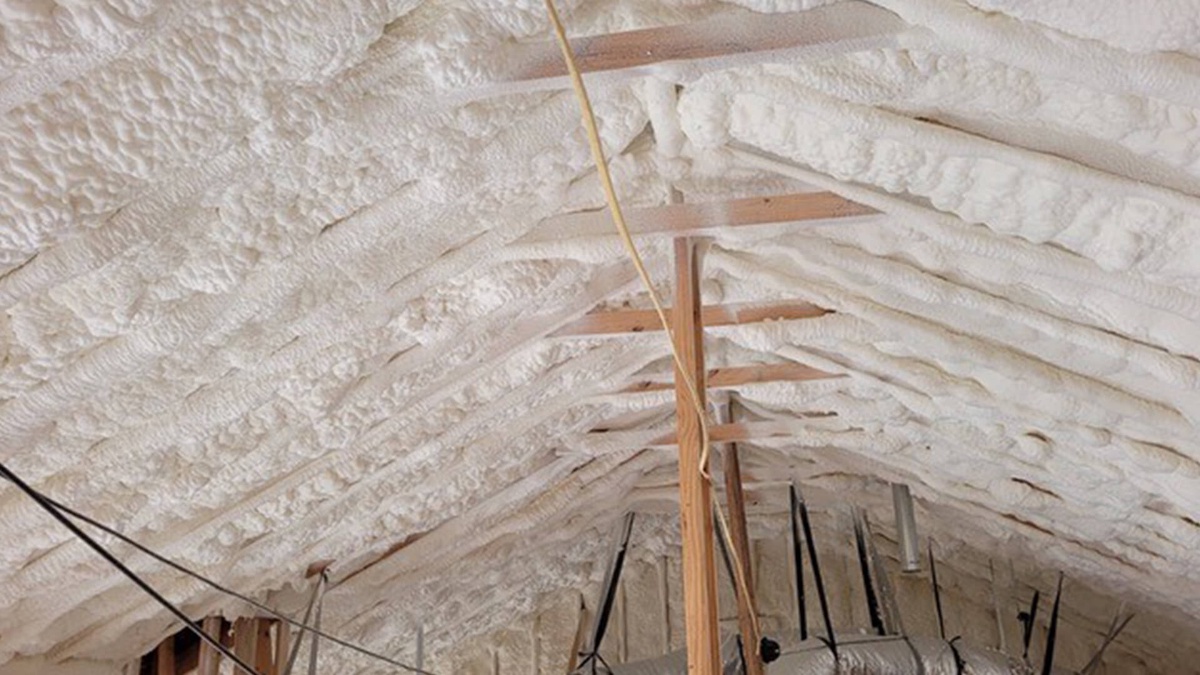Over time, insulation in attics, walls, and other areas can become worn out, contaminated, or damaged. Old ineffective insulation can negatively impact energy efficiency and indoor air quality. In some cases, it is best to have old insulation removal. Removing insulation properly is important for your health, safety, and future insulation results.
Reasons for Insulation Removal
There are several reasons you may need to have old insulation removed:
- Reduced R-value - Insulation compacting over years results in reduced efficiency.
- Moisture damage - Water leaks or condensation can lead to mold and rotting insulation.
- Pests - Rodents or insects nesting in insulation can contaminate it with droppings and debris.
- Renovations - Remodeling or upgrading spaces may require removing old insulation.
- Hazardous materials - Old insulation could contain dangerous substances like asbestos.
- Air quality issues - Contaminated insulation can degrade indoor air, triggering allergies or illness.
- Fire safety - Insulation too close to appliances, wiring, or exhaust vents poses a fire hazard.
If your insulation shows any signs of contamination, damage, or reduced performance, replacement is likely the best option.
Dangers of DIY Removal
It is usually not advised for homeowners to try removing old insulation themselves. Potential hazards include:
- Skin and eye irritation - Handling insulation can irritate skin and eyes due to fiberglass particles and dust.
- Respiratory issues - Breathing in certain insulation materials can pose respiratory risks.
- Cuts and scratches - Sharp wires and nails in walls or attics can cause injury during removal.
- Falling debris - Crawling around attics can be dangerous, especially if insulation starts falling through ceiling drywall.
- Hazardous materials - Older insulation may contain dangerous substances like asbestos that require special handling.
For health and liability reasons, insulation removal is best left to qualified professionals.
How Professionals Remove Insulation
Professional insulation companies use safe, effective techniques to remove old insulation:
Protective Gear
Workers wear protective coveralls, gloves, goggles, respirators and footwear to avoid irritation and contamination.
Containment
The work area is isolated using plastic sheeting to prevent dust and debris spreading.
Vacuum Extraction
Powerful HEPA vacuums are used to safely suck up and contain old insulation materials.
Negative Air Machines
These machines filter airborne particles and discharge clean air back into the work environment.
Air Monitoring
Many companies monitor air quality to ensure fibers and particulates stay within safe levels.
Proper Disposal
Removed insulation is properly bagged and disposed of at approved facilities.
Where Insulation Gets Removed
Some common areas where old insulation typically gets removed:
Attics
Attic insulation breaks down over time and can become compacted and ineffective. Spray foam or blown-in cellulose often requires removing existing batts first.
Walls
Taking down old siding, drywall, or plaster during renovations usually necessitates taking out cavity wall insulation too.
Crawl Spaces
Musty, sagging crawl space insulation will need removal before installing new vapor barrier and insulation.
Ductwork
Insulated ducts may need insulation stripped if it becomes damaged, contaminated, or restricts airflow.
Basements
Finishing a basement may require removal of perimeter wall insulation before framing and insulating again.
Preparing for Insulation Removal
Before hiring an insulation contractor, prepare by taking these steps:
- Remove any items stored in attics or other access areas to clear their workspace.
- Cover and seal off any ductwork and vents to prevent contamination.
- Turn off power to attic fans and lights to avoid electrical hazards.
- Outline the scope of work required and types of insulation used originally.
- Photograph/document original insulation and conditions for insurance purposes.
- Obtain necessary permits for asbestos testing and removal if applicable.
What to Expect During Removal
The insulation removal process typically involves:
- Isolating the workspace and establishing containment/ventilation.
- Vacuuming up debris layer by layer starting from the top down.
- Using sprayers and scrubbing to remove stubborn materials stuck to surfaces.
- Preventing any insulation dust or particles from spreading beyond the containment area.
- Bagging up and hauling away extracted insulation for proper disposal.
- Applying antimicrobial agents or new vapor barriers if needed before installing new insulation.
The process takes time but leaves the space clean and ready for fresh insulation.
Conclusion
Removing old, contaminated insulation is an important step to improve home energy efficiency and air quality. Due to potential health hazards, it's best to hire trained professionals to safely handle removal and disposal. With the space cleared of old insulation, new modern foam insulation can be installed to optimize energy savings and comfort.


No comments yet